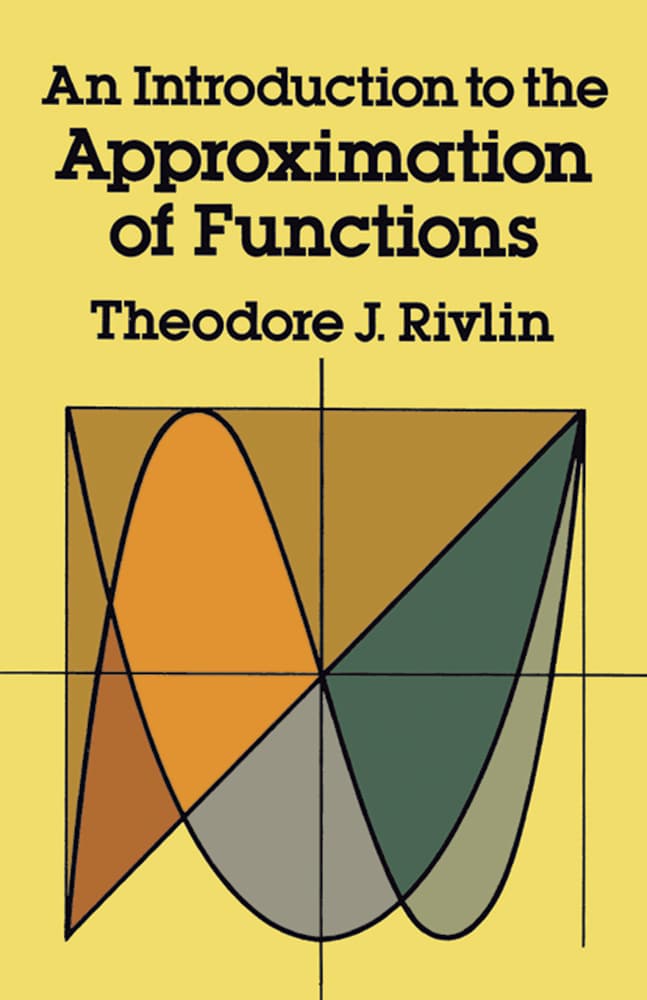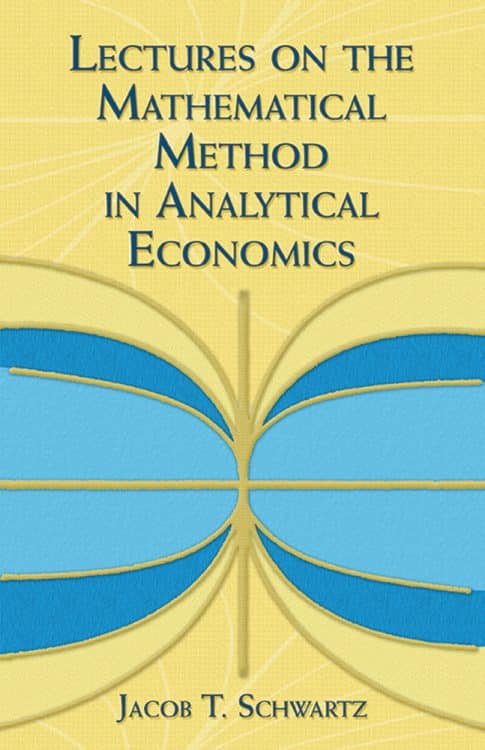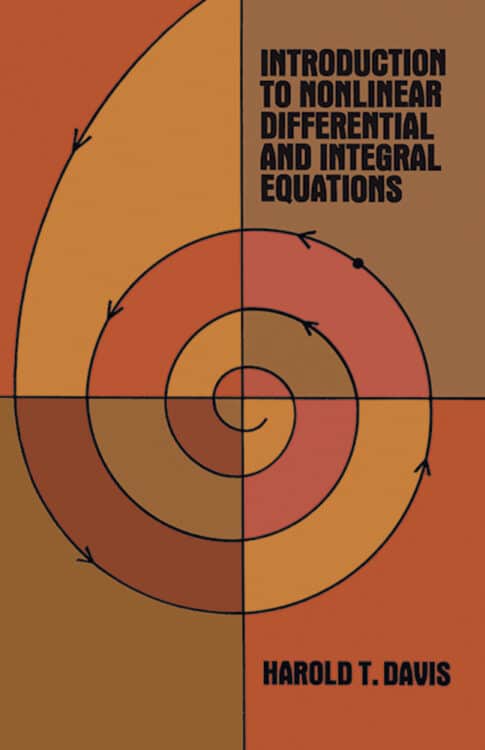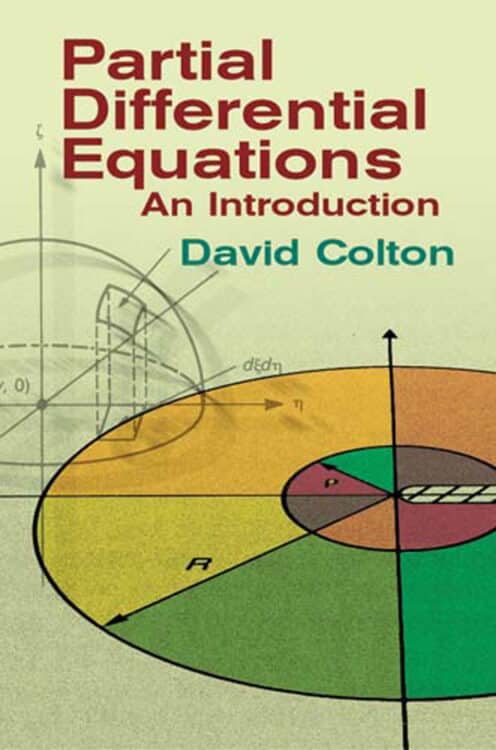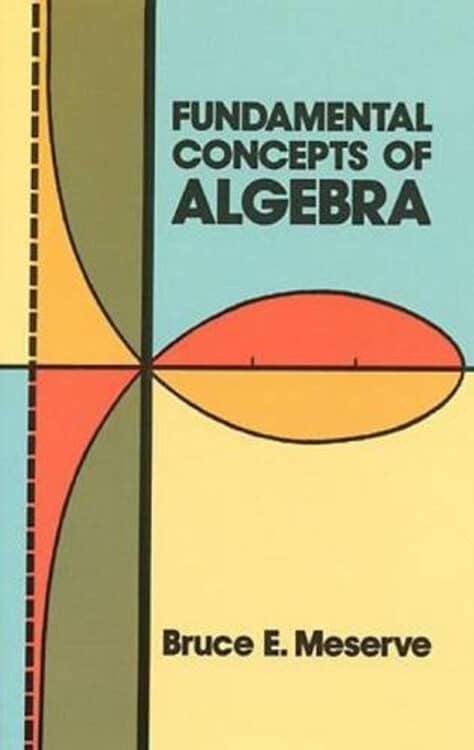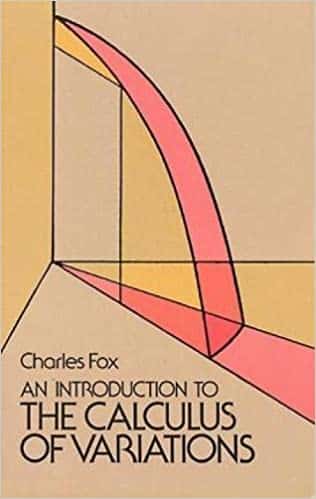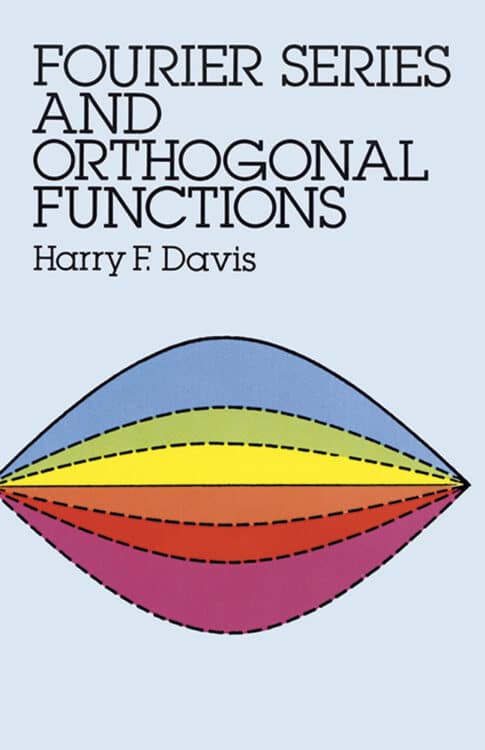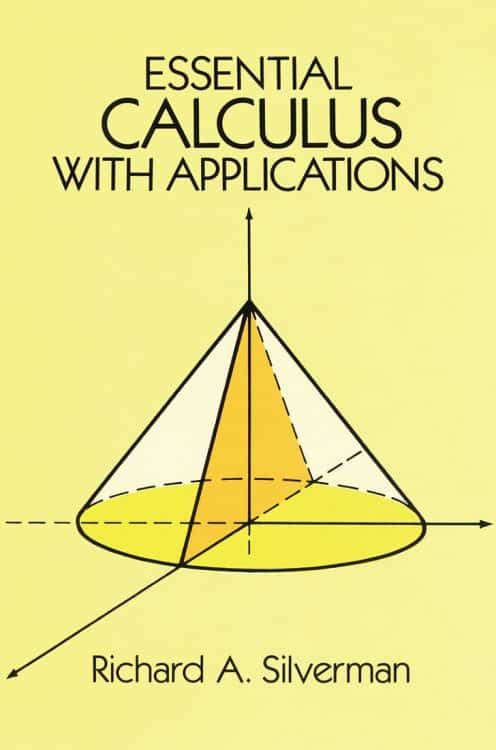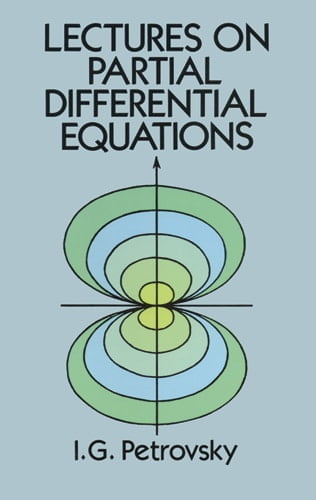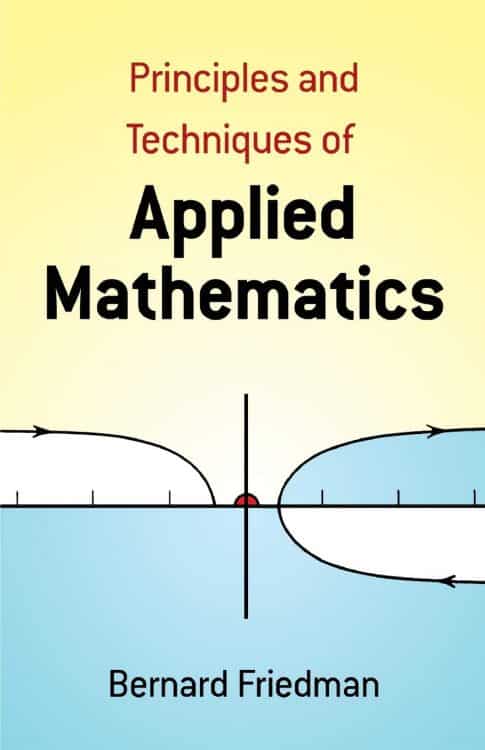Because of the requirements of autonomous digital computation, there has been a significant resurgence in interest in techniques for approximating continuous functions by functions that depend only on a limited number of parameters. This brief but comprehensive text introduces some of the most important approaches, with a special emphasis on approximation by polynomials. The text also covers a wide range of topics.
Because approximation theory is a branch of mathematics that has significant practical applications in computing, the author makes a concerted effort to discuss the theoretical underpinnings of many common algorithms and demonstrate the practical applications of the procedure. This is because approximation theory is an area of mathematics that has important practical applications in the field. Therefore, for each method of approximation that has been investigated, at least one algorithm that ultimately results in actual numerical approximation has been detailed, and its path to its current formulation has been followed.
Approximation theory is not just interesting from a purely practical standpoint but is also an active topic of mathematical analysis. The content of this book will be particularly helpful as supplemental reading for beginning-level mathematical and numerical analysis courses. It is especially beneficial in that it covers a range of approximation approaches, including interpolation methods, and it also introduces splines, an area of approximation theory that is now receiving much attention.
This book is intended for upper-level graduate students, assuming the reader is familiar with advanced calculus and linear algebra. However, the author has made a special effort to avoid some of the more advanced prerequisites to ensure that the subject matter is not beyond the comprehension of those unfamiliar with it. The distinctiveness and utility of Dr. Rivlin’s work are enhanced by including a wealth of exercise material after each chapter and an excellent bibliography. It is becoming increasingly important to have a solid understanding of various approximation techniques as the complexity of mathematical research continues to rise. This important volume, among the more approachable examples of its sort, serves as an outstanding introduction to this important sector of mathematical research.

